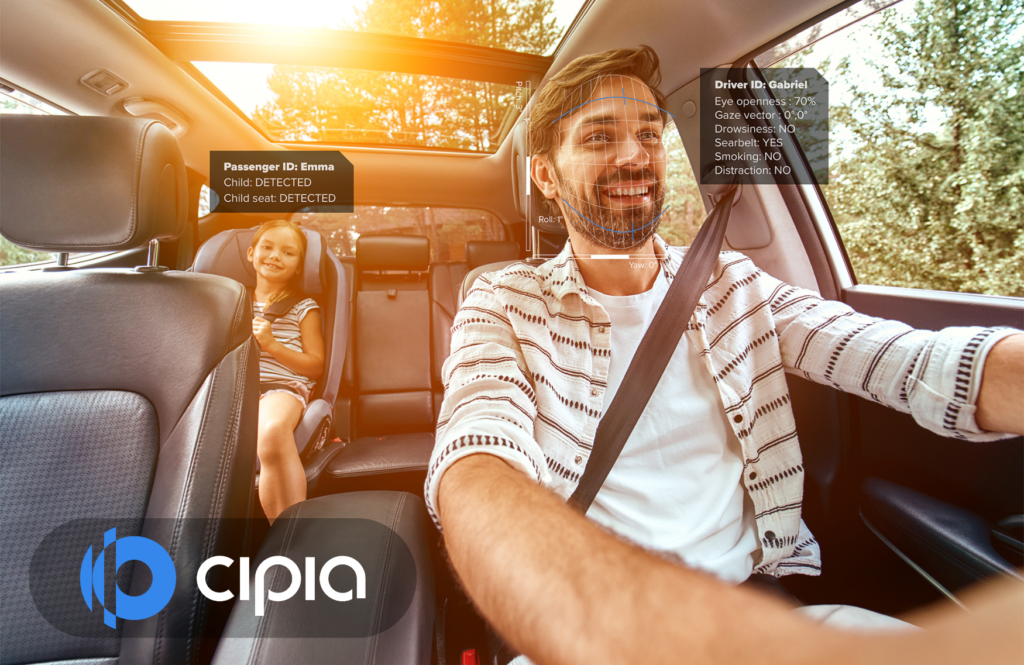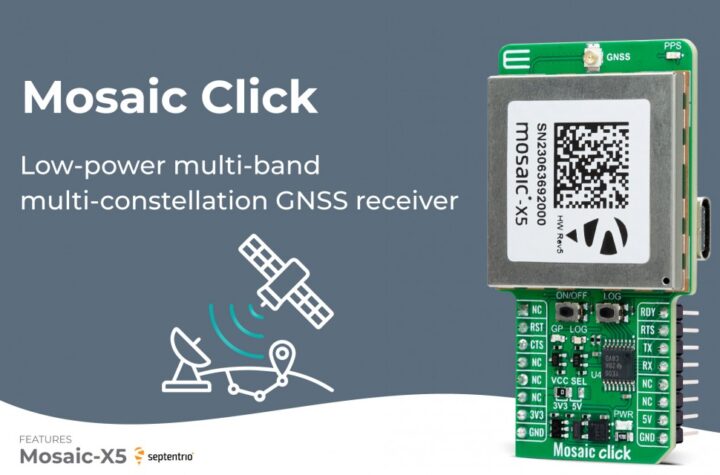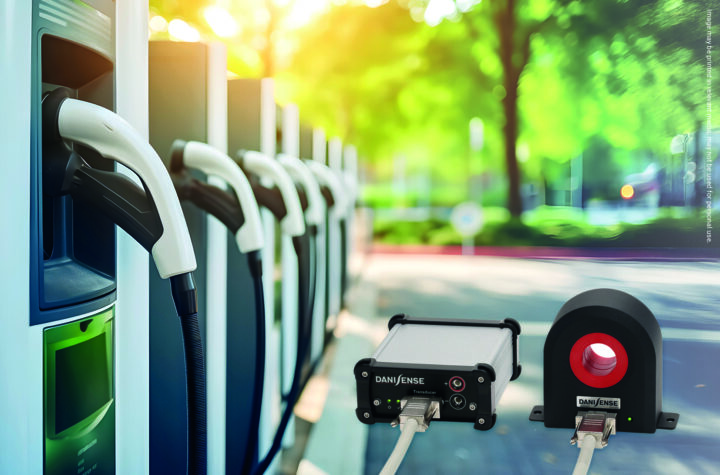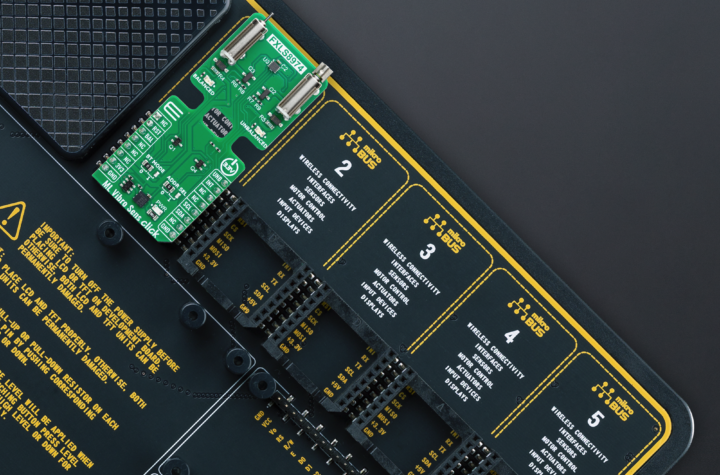
In the fast-paced realm of automotive safety and innovation, few voices resonate as profoundly as that of Tal Krzypow, the visionary Vice President of Product & Strategy at Cipia. As we delve into the cutting-edge technologies reshaping the landscape of driver safety and in-cabin experiences, it’s clear that Krzypow’s insights are poised to redefine the very essence of automotive excellence.
In a riveting exchange with Automotive Industries, Krzypow unveils the transformative power of Cipia’s Driver Sense and Cabin Sense technologies. Driver Sense, a marvel of computer vision AI, stands as a sentinel against distraction, drowsiness, and a spectrum of potentially perilous behaviors behind the wheel. Meanwhile, Cabin Sense extends its vigilant gaze to encompass the entire vehicle, tracking occupants’ movements, enhancing personalized experiences, and even safeguarding against the unthinkable: the inadvertent abandonment of children in parked vehicles.
But Krzypow doesn’t stop at the present; he boldly peers into the future, where autonomous driving beckons with promises of unparalleled convenience and safety. In this brave new world, Cipia’s Driver Sense evolves hand-in-hand with autonomous technologies, ensuring that even as the reins of control slip from human hands, a watchful digital guardian remains steadfast.
Yet, innovation comes hand-in-hand with responsibility, and Krzypow eloquently articulates Cipia’s unwavering commitment to privacy and security. With meticulous attention to detail, Cipia’s solutions are engineered to respect user privacy, employing embedded AI algorithms that eschew external connectivity and ensure that sensitive data never leaves the sanctity of the vehicle’s cabin.
As the conversation unfolds, Krzypow offers tantalizing glimpses into the future of automotive safety. With developments on the horizon poised to detect a broader array of hazards, from cognitive distractions to impaired driving, Cipia stands as a vanguard of progress, relentlessly pursuing innovations that promise to redefine the very fabric of automotive safety and user experience.
In the dynamic world of automotive innovation, Tal Krzypow emerges not just as a leader, but as a visionary whose passion and expertise illuminate the path toward a safer, more connected future on the open road.
Automotive Industries interview with Tal Krzypow, VP Product & Strategy at Cipia
Automotive Industries: Hi Tal, Driver Sense and Cabin Sense technologies play a crucial role in enhancing driver safety. Could you elaborate on how these systems work and the specific features that set them apart in the market?
Krzypow: Since you ask about enhancing driver safety, let’s check first what may jeopardize our safety. According to research published by NHTSA, in 80% of crashes drivers do not look to the road just prior to the onset of the conflict[1] – they lose their road focus. AAA research educates us that 21% of fatal collisions involve driver fatigue[2]. The conclusion, unfortunately, is that with all the sophisticated systems at our disposal today, which monitor the road ahead and other road users, the danger still sits behind the steering wheel. Don’t get me wrong, it’s only human to make mistakes and be tempted by the updates streaming constantly into our mobile phones. That’s why we need something to help us fight this natural tendency. Cipia Driver Sense is a driver monitoring software which employs computer vision AI to detect driver distraction, drowsiness, sleep, unresponsiveness, smoking, phone usage and seatbelt usage. The detection technology consists of two layers. The first is based on computer vision algorithms, which analyze real time video, detecting and tracking facial and body features, such as eyelids, pupils, face, head movement, etc. These are analyzed to infer the driver’s eye gaze, head pose, eye openness and other elements. Then, a second layer of human factors algorithms translates the facial cues into the physiological state of the driver. For example, how a series of blinks and facial patterns translate to the level of drowsiness of the driver.
The driver monitoring aspects are receiving increasingly wider adoption, primarily thanks to regulation and safety standards. However, we see this interest broadening to the rest of the cabin. Cipia Cabin Sense is our occupancy monitoring system which incorporates the Cipia Driver Sense capabilities, and by using a wide field of view camera expands the monitoring to the rest of the occupants: which seats are taken, tracking the posture of the occupants and warns in case of the front occupants leaning in to the airbag deployment zone, reminds not to forget children in the vehicle, identifies enrolled occupants for personalization of the in-cabin experience, and more.
It’s worth noting that the video analyzed by Cipia’s software is in the infrared spectrum. Thanks to infrared LEDs, which light is not visible to the human eye, the system can work under all lighting conditions – from high noon to pitch-darkness.
Automotive Industries: With the advancement of autonomous driving technology, how do you see Driver Sense evolving to adapt to the changing dynamics of driver engagement in semi-autonomous and fully autonomous vehicles?
Krzypow: Regulation and safety standards make it very clear that with the progression of autonomous functions the need for driver monitoring rises. At level 0, the European regulator demands warnings in case of distraction or drowsiness. At level 1 and 2, Euro NCAP expects to see intervention by the vehicle based on the driver state. For example, detection of distraction is expected to trigger higher sensitivity of the forward collusion warning, and if a driver is unresponsive, the vehicle should go into minimum risk maneuver (i.e., reducing the speed below 10 km/h). Consumer Reports and the Insurance Institute for Highway Safety published that in order to receive a good safety rating, a vehicle with L2 systems should employ a driver monitoring system to ensure the driver remains focused on the road while enjoying the automated functions (such as Traffic Jam Assist or Highway Driving Assist). At level 3, the European General Safety Regulations pertaining to ALKS require monitoring the presence of the driver and their ability to respond to a take-over request by the vehicle, in the event the vehicle detects a situation with which it can’t cope.
Only at level 4, which for now seems a bit farther away than initial expectations, will we be able to enjoy “real” autonomy. However, this is where the tide flips, and there will be a shift from focusing on driving experience to the riding experience. The vehicle will become a moving lounge on wheels – a third space after home and office where we work, study and have fun. In this space, insights regarding the occupants and their state, their actions and interactions, will be the key to unlock the real value of bringing into the cabin offerings of products and services which are tailored to the specific occupants, in the specific context of action, time and place.
Automotive Industries: Cipia-FS10 Plus seems to be tailored for the fleets industry. Can you share some success stories or examples of how this solution has improved safety and efficiency for fleet operators?
Krzypow: While I cannot share specific customer names, I’m happy to provide an example from a fleet Cipia-FS10 was installed in. During the first week, 20% of the drivers wore seatbelt. Naturally, the drivers who did not pay attention to their own safety were awarded with repeated reminders. The benefit of using computer vision for detecting such transgressions is that if spoofing attempts, such as fake buckles and sitting on the seatbelt, can be detected. Thanks to these reminders, on the 4th week, 80% of the drivers wore seatbelts. This is a tangible and measurable example of the benefit provided by immediate and contextual feedback, and how technology can have a meaningful impact, changing driver behavior and improving the safety of drivers and fleets.
Automotive Industries: In the context of advancing technology, security and privacy concerns are paramount. How does Cipia ensure the security of data collected by its in-cabin sensing solutions, and what measures are in place to protect user privacy?
Krzypow: Our solutions are designed for privacy. All computer vision AI and human factor algorithms that are employed by Cipia’s solutions are fully embedded. When integrating Cipia’s solutions as part of the vehicle’s safety and convenience systems, our in-cabin sensing requires no outside connectivity. No data is collected in the cabin, and no human sees what’s going on in the vehicle. The video frames are analyzed in real time, converted into meta-data, and the video data can be immediately deleted by the automotive manufacturer. Moreover, even our Face ID solution for personalization does not make use of an actual image. The image is converted to numbers in real time, and we compare these numbers to numbers that are stored during enrollment. The process is one way, and we have no ability to backtrack from the numbers to an image. Everything is fully secured and fully private, from Cipia’s perspective.
Automotive Industries: As technology continues to evolve rapidly, what developments or innovations can we expect from Cipia in the near future, particularly in the realm of in-cabin sensing solutions, and how will these advancements shape the future of automotive safety and user experience?
Krzypow: There is increasing desire by safety institutions and regulators to detect additional hazardous situations and driver behavior in order to reduce accidents and fatalities. The driver monitoring market started with the leading and most common causes for accidents – visual distraction and drowsiness. However, additional dangers such as driving under influence and cognitive distractions are also meaningful contributors to loss on the roads, and we are developing the capabilities to detect such factors.
[1] https://www.nhtsa.gov/sites/nhtsa.dot.gov/files/100carmain.pdf
[2] https://newsroom.aaa.com/2014/11/one-five-fatal-crashes-involve-drowsy-drivers/














More Stories
Mosaic Click board from MIKROE delivers global coverage multi-band and multi-constellation tracking ability
Current transducer from Danisense selected for DC charging station testing device demonstrator at TU Graz
New Click board from MIKROE helps develop and train ML models for vibration analysis